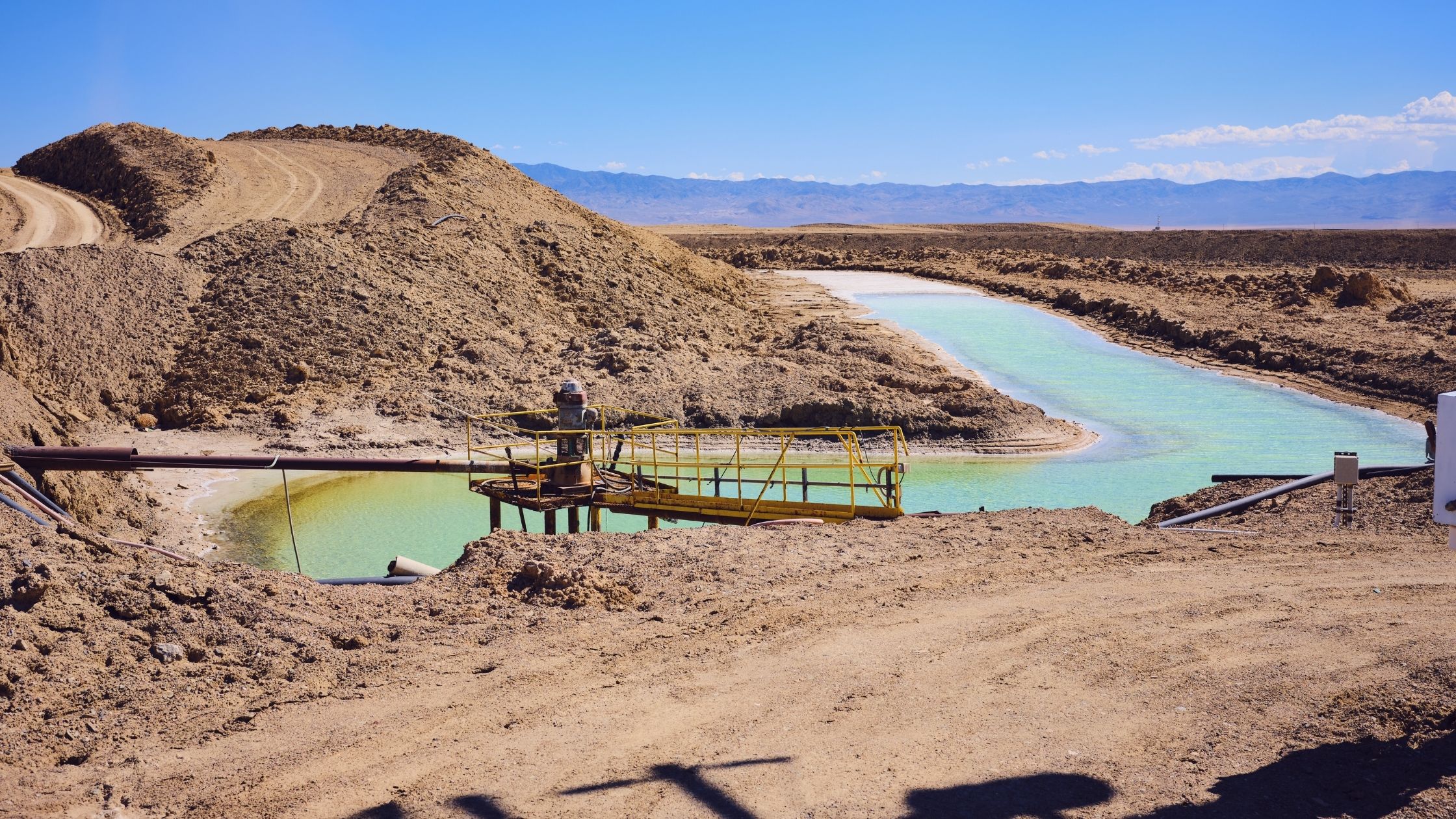Interest grows in funding nature-based climate solutions
What’s happening? French President Emmanuel Macron and UK Prime Minister Boris Johnson will invest part of their countries’ climate finance in nature-based projects and have urged other nations to follow suit. Macron, during the recent One Planet Summit, pledged 30% of France’s climate funding by 2030, while Johnson offered £3bn ($4bn) of the UK’s £11.6bn global financing commitment by 2025. Natural solutions reversing biodiversity loss can meet as much as 37% of the emissions reduction needed to prevent global temperatures from rising above 2C, according to The Nature Conservancy.
Why does this matter? Investing in nature-based projects utilises natural solutions to effectively protect biodiversity and ecosystems, and helps to reduce greenhouse gas emissions, while also mitigating the impacts of climate change.
Besides pledges from France and the UK, the One Planet Summit saw the formal launch of the High Ambition Coalition for Nature and People. Formed by an alliance of 50 nations, the “30-30” initiative aims to protect 30% of nature by 2030. Other notable commitments include over $14bn of funding pledged to support the Great Green Wall initiative in Africa, which aims to create an 8,000 km-long vegetation strip across 11 countries located in Africa’s Sahel region to combat desertification, drought and land degradation. Allocating initial capital towards nature-based solutions could enable larger-scale financing, of which around $700bn is required to restore nature, according to UN agencies.
Why care about biodiversity? Biodiversity loss poses significant risks on a global scale which could affect food production and security, in addition to the important natural services provided by functioning ecosystems. Up to one million species – the equivalent of one in eight – are under threat from human-caused habitat destruction. Large-scale, international progress to address this has been limited – which was recently highlighted by the UN noting governments had failed to reach any of the 20 biodiversity targets that were agreed at the COP10 climate summit.
What’s being done now? Protecting biodiversity by funding nature-based projects from governments and corporates is gaining traction through initiatives such as reforestation, sustainable agriculture and water management.
Pakistan’s reforestation programme, for instance, is a recent national-scale commitment aiming to plant 10 billion trees across the country by 2023. The initiative, estimated to cost $650m, will look to boost forest cover from 5% to 31%.
Elsewhere, Colombia is looking to utilise natural capital to reach climate targets through a nationwide agroforestry strategy – aiming to restore nearly one million hectares of forested land and achieve net-zero deforestation by 2030 to aid its emissions reduction goal of 51% from a business-as-usual baseline by the same time.
How are private finance initiatives playing a part? Some firms have set up mechanisms to fund conservation efforts. The HSBC Pollination Climate Asset Management fund, which launched last year, is aiming to raise $1bn of “natural capital” during its first year of operation and finance projects including sustainable forestry, water supply and biofuels. Another approach from HSBC, in partnership with the state of Queensland, is aiding conservation of the Great Barrier Reef through “reef credits”, quantifying and placing value on attempts to improve water quality flowing into the reef, similar to a carbon credit system.
Lateral thought from Curation – Carbon offsetting schemes can provide another incentive for firms to invest in natural solutions such as reforestation to aid carbon sequestration, which could generate up to $800bn a year and become a major asset class.
Despite this, it’s important to ensure, as this market expands, biodiversity does not suffer as a result of larger-scale offset schemes prioritising monoculture plantations, for example. A study found multi-species tree plantations are able to store double the amount of carbon and possess more biodiversity co-benefits when compared to single species plantations.


